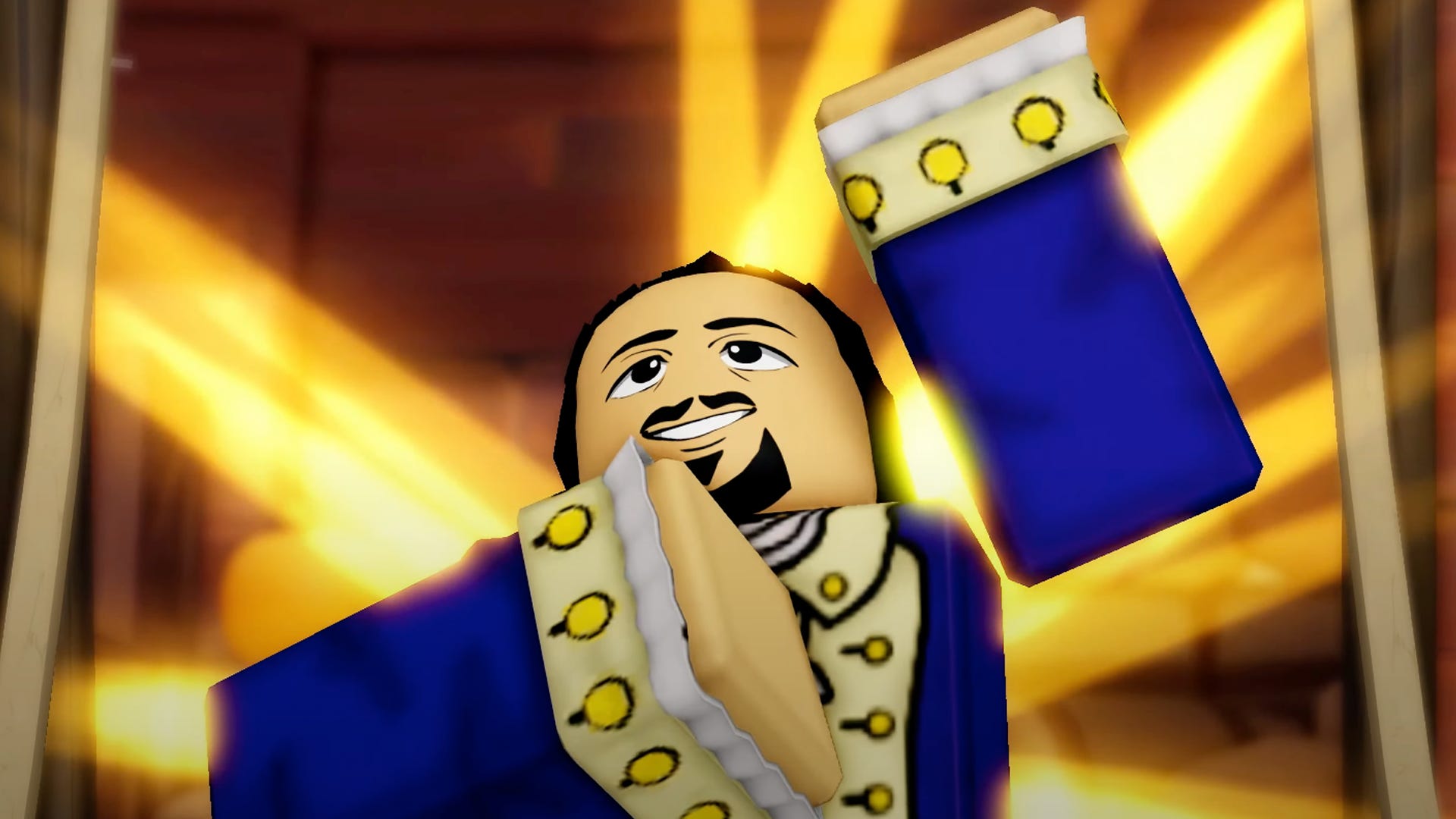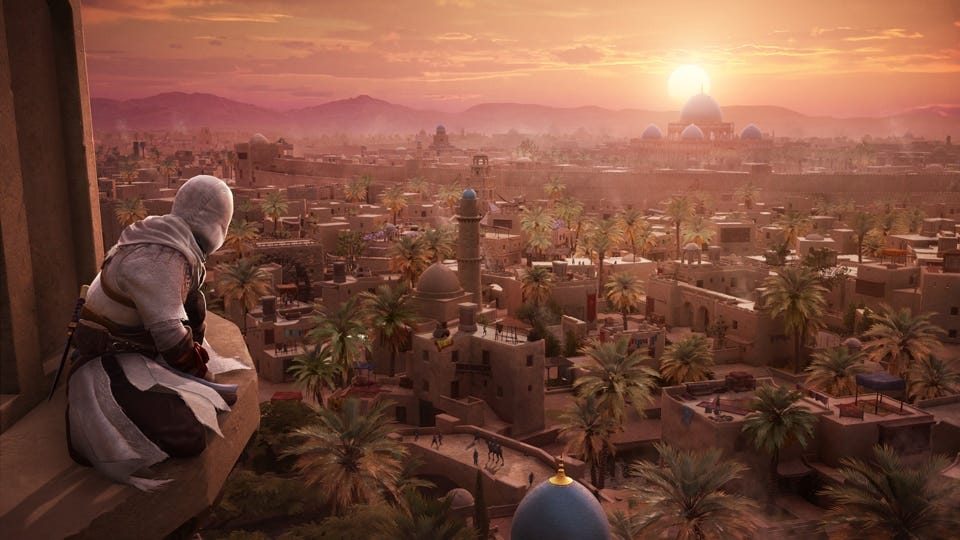Back in 2014, I interviewed Obsidian Entertainment director Josh Sawyer about Pillars of Eternity – a then-upcoming revival of the isometric RPG sub-genre that had been greenlit as part of the first wave of Kickstarter projects. Sawyer recalled the chilly reception afforded PC RPGs in the mid-to-late 2000s.
“[Isometric RPGs] just died for a very long time,” he said at the time.
The consensus in that period among western publishers was that old-school RPGs were too dense and esoteric for the average gamer. Mainstream developers like BioWare stripped out RPG elements from Mass Effect 3 while older developers faded away. Some developers claimed that RPG elements as we know them today were relics of a bygone era and that games were “growing up.”
It wasn’t until the advent of Kickstarter that classic Pillars of Eternity, Wasteland 2, and Shadowrun began to find their footing thanks to the backing of dedicated fans who never really went away. Out of this period arose another developer, little-known at the time but making major waves today: Larian Studios.
Last week, Larian Studios released Baldur’s Gate 3 after a lengthy period in early access. It quickly became one of 2023’s breakout successes, garnering rave reviews and hundreds of thousands of concurrent players on Steam. To some observers it seemed like an upset that an unapologetically dense and old-school RPG like Baldur’s Gate 3 should find such mainstream success. To me, though, Baldur’s Gate 3 is more proof that we’re in the midst of a new golden age for one of gaming’s oldest genres.
“Clearly, Baldur’s Gate 3 has broken into the mainstream in a way that no other CRPG recently has.” – Circana analyst Mat Piscatella
Led by studios like CD Projekt, FromSoftware, Bethesda, and now Larian Studios, the role-playing genre has lately managed to infiltrate virtually every part of the gaming consciousness. Baldur’s Gate 3 and Diablo IV are two of 2023’s biggest games. Xbox has seen fit to acquire no fewer than three dedicated RPG developers in inXile Entertainment, Obsidian, and Bethesda, with Blizzard potentially on the way. Even games that have next to nothing to do with RPGs can’t resist borrowing from the genre in order to bolster their gameplay bonafides a bit.
Developers I’ve spoken with have ascribed the genre’s success to the rise of streaming, pointing out how the variety of outcomes in any given RPG makes for good content. Others point to the way that World of Warcraft mainstreamed color-coded loot, making it easier for players to step into more complicated experiences. One way or another, though, we seem to have entered a unique period for RPGs – one I wouldn’t have predicted a decade ago.
The turning point for RPGs
As someone who has been writing and podcasting about RPGs since 2009, I can’t point to any one turning point, but I will say that things have felt different since The Witcher 3 made it big in 2015. Prior to The Witcher 3’s release, CD Projekt Red was perceived, in the U.S. at least, as a cult developer that focused on niche PC experiences. It blew up in part because it was released on console as well as PC, going on to sell a staggering 60 million copies.
The Witcher 3’s strengths are well-documented. It was huge – bigger than almost any open world game of that time – and it was beautiful. It was a choice-driven experience with a multitude of memorable and multi-layered sidequests. Most important of all, it tapped into the hunger for a deeper open-world experience than was on offer at the time. Players didn’t just want to roam a beautifully-realized fantasy world, they wanted to be part of it.
It’s an experience embedded deep in the role-playing genre’s DNA. As far as the 1980s, RPGs were striving to create a sense of total immersion through fully reactive worlds. Ultima 4 featured a free-roaming, choice-driven experience that in hindsight felt far ahead of its time. Later, Bethesda would try and capture that same type of free-roaming experience with its own games before finally breaking out with Skyrim, another highly-influential RPG often spoken of in the same breath as The Witcher 3 (and one that has now been released on basically every platform ever).
Along with Dark Souls and a handful of others, I don’t think it’s an exaggeration to say that Skyrim and The Witcher 3 are two of the most influential games of the past decade. Since then we’ve seen a remarkable explosion of RPGs of all types. Avante-garde experiences like Disco Elysium have driven the genre forward while Fire Emblem: Three Houses proved that turn-based tactics RPGs still have a big audience on platforms like the Nintendo Switch. Pathfinder: Wrath of the Righteous, Yakuza: Like a Dragon, Elden Ring, Final Fantasy XIV and Path of Exile have all found creative and financial success of their own. Elsewhere, the likes of Genshin Impact and Honkai Star Rail continue to be big business.
“[Isometric RPGs] just died for a very long time” – Obsidian Entertainment director Josh Sawyer
RPGs fit well into what I might call gaming’s social media era. Despite their focus on single-player, they practically beg you to share your characters and choices with your friends and the world. They feel meaty and worthwhile in a world of $70 games, filled with secrets and lore that can fill pages and pages of wikis.
And oh they’re horny. So very horny. Fire Emblem: Three Houses alone yields some 44,000 matches on Archive of Our Own, a popular fanfiction site. In a medium where success is so often dictated by how thirsty players are for any given romantic pairing, RPGs are king.
Baldur’s Gate 3 is a unicorn
Baldur’s Gate 3 is in some ways the embodiment of all these trends, and in other ways it’s a unicorn. It has the type of densely-written, choice-driven quests that made The Witcher 3 so popular, and it’s horny to boot. It prizes open-ended exploration, and it’s the most beautifully presented big-budget isometric RPG since Dragon Age: Origins.
Crucially, though, it’s not an open-world action-adventure game like so many of the other games I’ve mentioned to this point. Baldur’s Gate 3 is a classical RPG in the truest sense of the word; an adventure built firmly on the genre bedrock of Dungeons & Dragons. Circana analyst Mat Piscatella notes that most CRPGs, even big successes like Divinity Original Sin 2, have to work hard to crack the list of the Top 50 best-selling games.
“Clearly, Baldur’s Gate 3 has broken into the mainstream in a way that no other CRPG recently has. Even when titles like Baldur’s Gate 2, Fallout and Neverwinter Nights were a bigger part of the gaming landscape I’m not sure we saw a breakout quite like this (at least so far),” Piscatella told me over email. “But given the expansion of the video game market since then, and how popular other genres have become, it’s refreshing to see a game like this get this kind of adoption and play.”
It’s fascinating to watch a game like Baldur’s Gate 3 find genuine mainstream success. I expected it to do well, but when I hear even non-gamers ask what Baldur’s Gate is all about, I have to sit up and take notice. Could this game have even been made in 2011? I’m not sure.
As far as the 1980s, RPGs were striving to create a sense of total immersion through fully reactive worlds.
“I see it as a natural continuation of the shift that began a decade ago, where indies, crowdfunded games and some Japanese studios started pushing for experiences different from the BioWare and Bethesda formats that dominated the 00s,” muses Felipe Pep, author of the CRPG Book.
“Dark Souls, XCOM, The Banner Saga, FTL, Shadowrun, Legend of Grimrock, Darkest Dungeon and many others helped expand the horizons of what RPGs can be. Obsidian’s Josh Sawyer mentioned how Divinity: Original Sin 2 convinced them to put turn-based combat into Pillars of Eternity II. It’s a conversation. I don’t think you could’ve successfully released Disco Elysium, Citizen Sleeper or Baldur’s Gate 3 back in 2011. A certain zeitgeist is necessary.”
However it got here, Baldur’s Gate 3 seems like the surest sign yet that RPGs are having a moment. Rarely has the genre felt this vibrant, this ambitious, this diverse. Baldur’s Gate 3 is as old-school as a CRPG can get, but it’s also much more than a nostalgia play. And with so many great studios at the peak of their powers, it seems as if the best is yet to come.
Welcome to Experience Points
Hello and thanks for reading the first edition of Experience Points, IGN’s new column about RPGs. I’ve been waiting for the right moment to kick this whole thing off, and I can’t think of a better time than now, when Baldur’s Gate 3 is such a big part of the zeitgeist. If you’re not familiar with my work I’ve been covering RPGs for more than a decade across various publications and my podcast, Axe of the Blood God.
Each month I’ll be using this space to delve into different corners of the RPG genre, from new releases like Starfield to classics like Chrono Trigger. As one of gaming’s oldest and most storied genres, RPGs have many stories to tell, and I look forward to sharing them right here.
Kat Bailey is IGN’s News Director as well as co-host of Nintendo Voice Chat. Have a tip? Send her a DM at @the_katbot.


